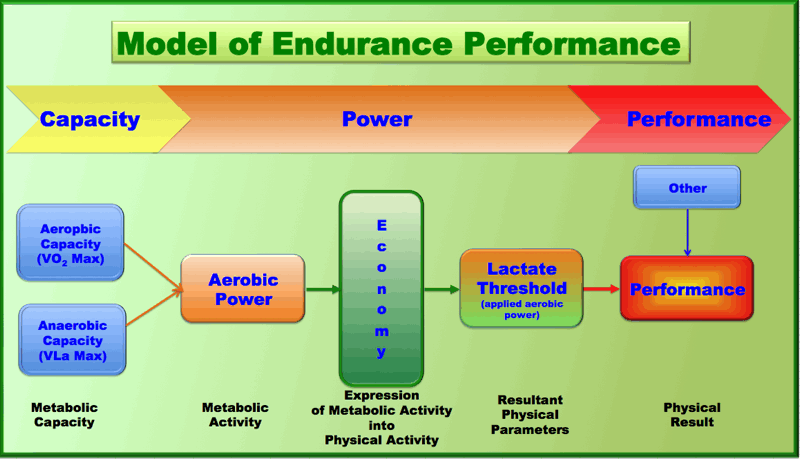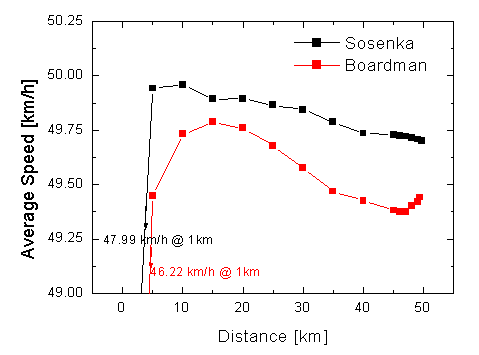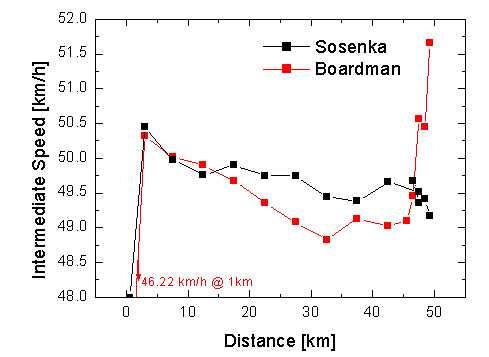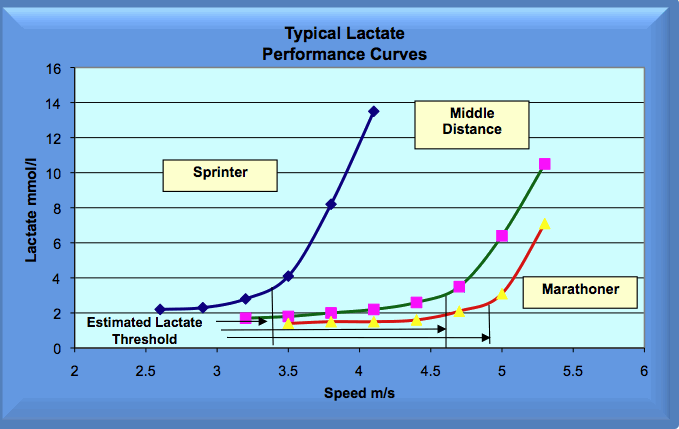Jerryc wrote:
Quote:
why do I need it when I have power or pace which actually tells me the exact strength of both.
If that is true, then you don't. You should explain how you know this by power and pace tests. We can then evaluate whether your claim is valid or not.
-----
If I know sustainable power, that is excluding any fast start high power, and excluding any hard short sprint finish or hard last few minutes effort at the end of efforts of over 20 minutes duration, and I know power over shorter durations. I have all I need. I don't need to know lactate numbers.
I can easily work out the contribution that comes from sustainable power and the contribution from powers above that power.
I can easily track progress over different durations, no need for fancy software even.
When I know the powers or paces over certain durations I know exactly which durations to work on improve etc etc.
The point is the lactate numbers are interesting but irrelevant to the performance over the durations.
NB, I deliberately don't take the average power or pace over say 60 minutes, but the sustained power or pace excluding any fast start, hard efforts over the sustainable pace or power or any sprint or sustained hard effort over the latter part of the duration.
I then compare this to power over shorter durations.
I'm not interested in if the sustainable power is the same as whatever definition of threshold one chooses, or a chosen blood lactate level or whatever scientific or medical academic term one chooses to use because the sustainable pace or power - the actual performance is what matters.
I use the terms aerobic and anaerobic in a very ordinary non scientific loose sense. For my purposes a pace or power is sustainable or not, below the red line or above it or on the red line. This is what matters, not a lactate number that occurs at or near that pace or power.
Most would use the term FTP, but then I reckon most people's FTP is overestimated and probably includes a few minutes of over the red, at the start, perhaps the odd few seconds during the effort and includes a fast all out finish in an effort to boost the average power. In my opinion the hard over the red line effort power should be excluded. The true sustainable power is a little lower than the average power over e.g. a 20 or 30 minute test, more or less depending on how much more pace or power an individual can generate over the red, or anaerobically, or over FTP or whatever term you want to use.



